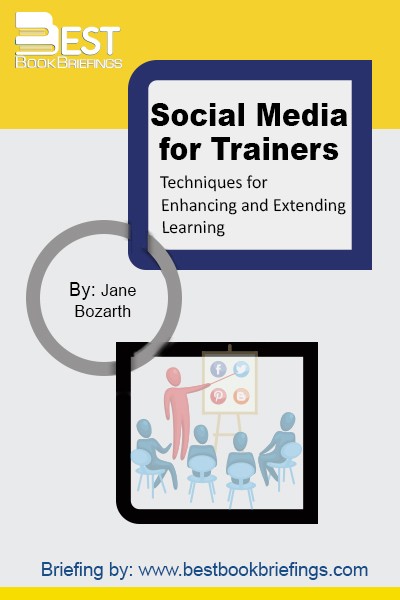Developing and Measuring Training The 6 Sigma Way
A Business Approach to Training and Development
Editorial Review
Instructional System Design (ISD)—or some of its variations—is at the core of any contemporary training program. However, it was never intended to address business issues; the process itself is devoid of techniques dedicated to them. Although there are several variations of ISD, each suffers from the same flaw: a lack of tools and techniques dedicated to solving business problems.
Book Reviews
Books on Related Topics

Too often, training has been viewed as either a line-management responsibility, or a responsibility of the HR or training department. The truth is: management and HR are jointly responsible. Senior management do not ask enough questions about results, because training costs are budgeted and allocated in ways that create indifference from

Business owners, and their teams, often lose their way in the midst of the day-to-day stress of generating sales and profits. Suddenly, everyone becomes so focused on short-term goals that the entire organization loses sight of the long-term vision. The solution is to start at the end. When you know where

New social media technologies and strategies provide quick, easy solutions to many of the challenges faced by workplace training practitioners. Social media vehicles such as Twitter and Facebook, for example, can help trainers build learning communities, facilitate quick assignments, offer updates or follow-up tips, and otherwise extend the reach of the



